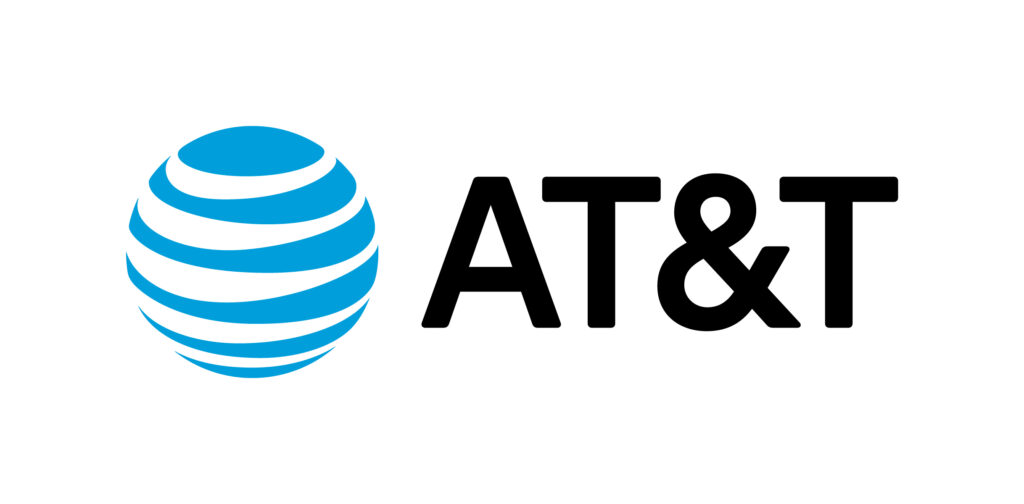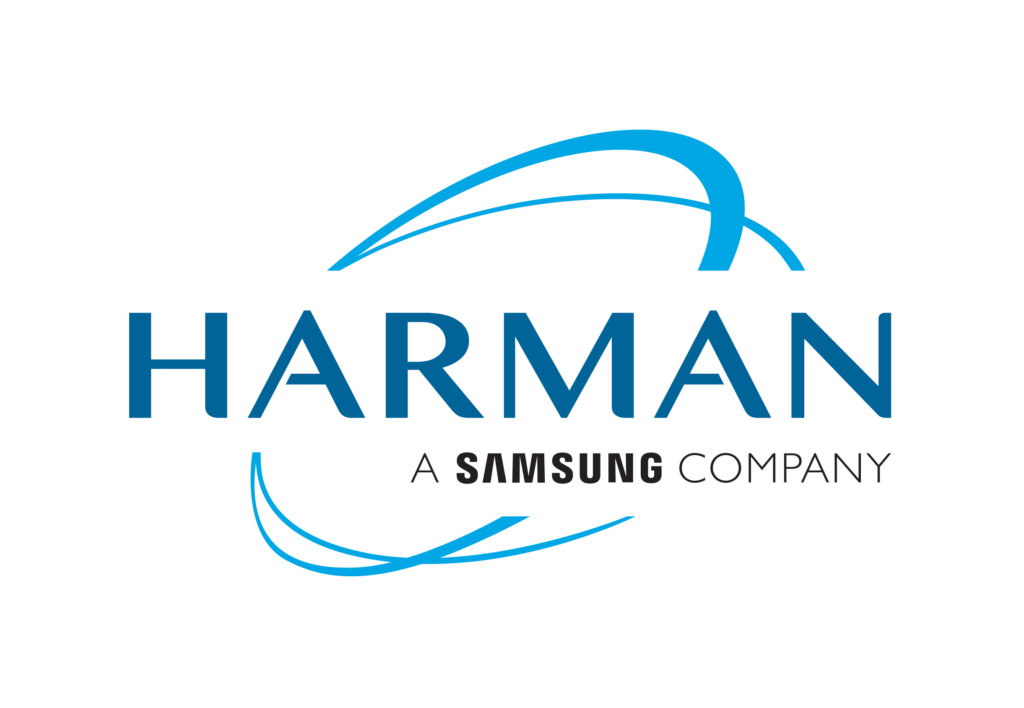
U.S. Chamber Digital Transformation Summit
During the U.S. Chamber Technology Engagement Center’s inaugural Digital Transformation Summit on February 2nd, leaders from both the public and private sectors shared their experiences and insights on the challenges and opportunities of digitally transforming how governments provide services to their citizens, and their outlook on the future of IT modernization.
In the ever-evolving, predominantly digital world, the adoption of new digital technologies is a necessity for both governments and businesses alike. As articulated by GSA Administrator Robin Carnahan during her remarks at the Summit, since “people rely on technology in their everyday lives to deposit checks, call a ride, or even order a pair of shoes as you’re walking down the street, it’s the job of not just those of us in government but also all of you who are our industry partners, to make sure government delivers.”

According to the Chamber’s recently released report, Government Digitization: Transforming Government to Better Serve Americans, over $100 billion were incurred by Americans from a lack of digitization. The federal government has fallen so far behind the private sector in IT modernization that it is still employing decades-old technology that makes it less able to effectively adapt.
At its core, citizens and consumers have come to expect efficiency, dependability and accuracy in the products and services they receive. Foundational to achieving that feat is having modernized IT systems and processes.
The Great Awakening for IT Modernization
For Senator Gary Peters (D-MI), Chairman of the Homeland Security and Governmental Affairs Committee and a leader in Congress on efforts to modernize and secure public and private IT systems, “it was clear that we were just so far behind in providing the kind of modernization necessary to provide services to customers, to be able to have the cybersecurity—all of the elements of the digital transformation,” even before the pandemic.
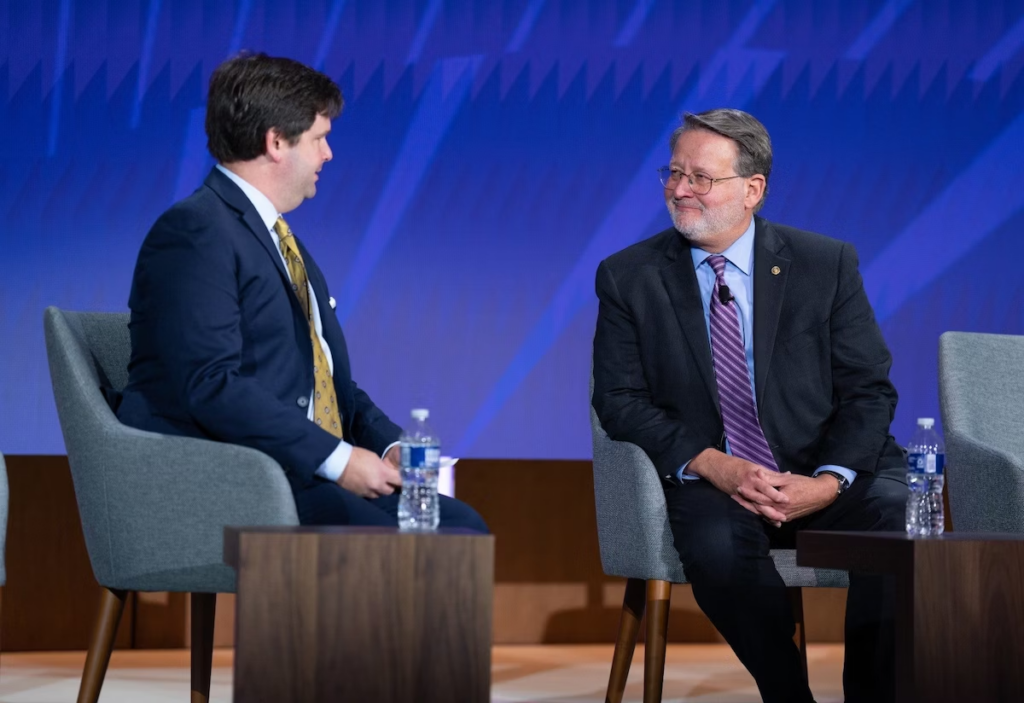
However, the COVID-19 pandemic put the need for digital transformation into the spotlight. “The pandemic exposed just how antiquated and ill-equipped our technology systems were to meet that moment—a time when millions of Americans looked to the government for help,” said Administrator Carnahan.
During a panel of public and private sector leaders on moving from a “dated to digitized world,” Paul Brubaker, Deputy Chief Information Officer for the Department of Veteran Affairs, spoke to the difficulty of modernizing technology quickly to help outpatient clinics or hospitals remotely. “We went from 45,000 telehealth visits a month to 45,000 a day during the height of the pandemic…We really weren’t ready from an infrastructure perspective to accommodate that.”
Despite the onslaught of challenges the pandemic exposed about antiquated and legacy systems at all levels of government, “COVID has been an incredible accelerant in us recognizing how we have to deliver services to our end customers, [and] the business process that goes on prior to utilizing technology,” according to Clare Martorana, Federal Chief Information Officer of the Office of Management and Budget.

Cause for Optimism: The Outlook for IT Modernization
Several of the program’s speakers, including Martorana, noted the critical importance of the Technology Modernization Fund (TMF)—an innovative investment program that gives federal agencies additional ways to deliver services to the American public more quickly, better secure sensitive systems and data, and use taxpayer dollars more efficiently.
To date, the TMF has received $225 million through the annual budget process and $1 billion through the American Rescue Plan—an endeavor for which Senator Peters was critical to securing—to fund modernization projects.
While Chandler Morse, Vice President of Corporate Affairs at Workday, expressed concern that due to the sheer size of the IT modernization challenge, “it’s unlikely that even the current TMF funding level will be sufficient to meet the demands for the federal agencies,” TMF has been able to support “dozens of federal agency efforts to enhance cybersecurity posture, improve digital government services, and address key IT infrastructure needs.”
New and emerging technologies, such as 5G, continue to improve infrastructure and transportation, and signal the need for increased funding to enable these projects to live up to their full potential.
“We’re really just hitting the surface today out in our cities,” said Chris Smith, Vice President of Civilian and Shared Services and Chief Technology Officer at AT&T. “We’re seeing driverless cars, autonomous vehicles…[advancements] in our surgery rooms and operating tables…[and] extraordinary precision agriculture [for] better control of our water systems,” Smith continued.
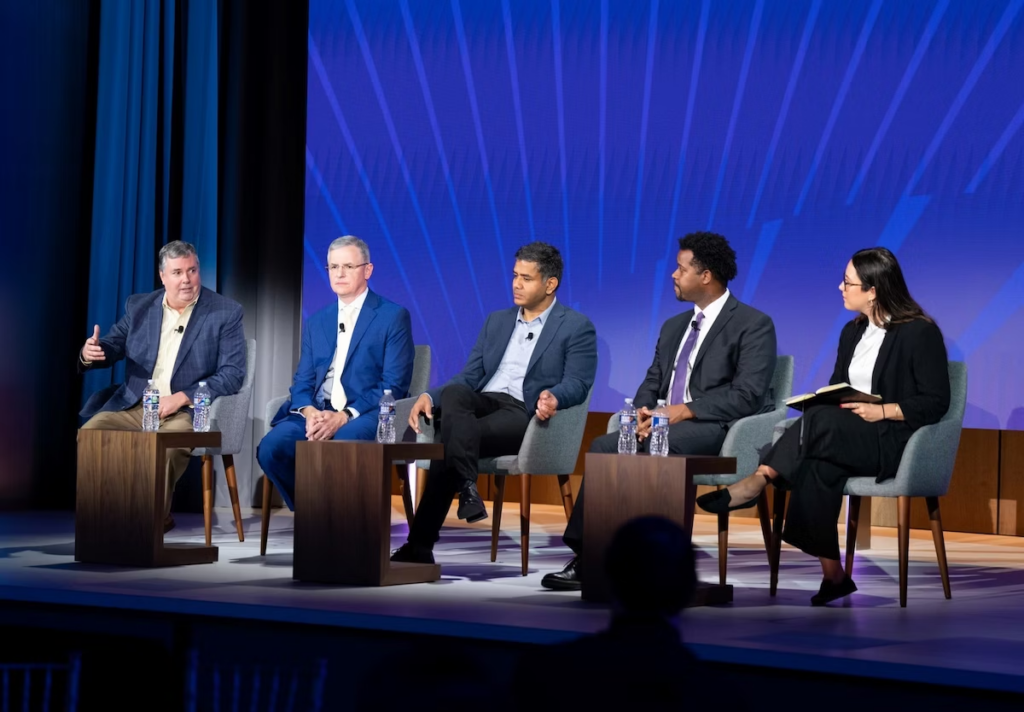
What Next?
As the Chamber’s inaugural Digital Transformation Summit, this event set the precedent for continued dialogue on the importance of modernizing government technology systems and processes.
The Chamber remains focused on advocating for policies that encourage good government and innovation, and will continue to emphasize the benefits of updating government IT systems through additional installments of the Government Digitization report series.
Thank You to Our Sponsors
Related Documents
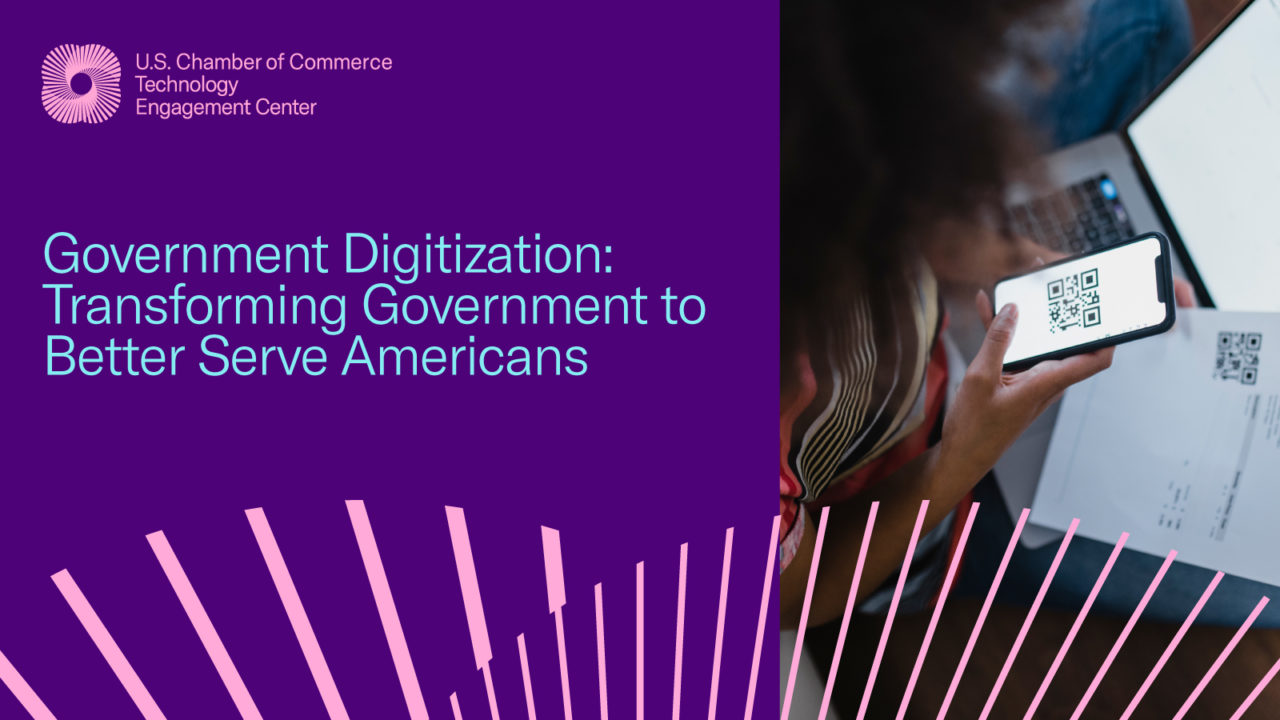
Government Digitization - Transforming Government to Better Serve Americans
The Weekly Download
Subscribe to receive a weekly roundup of the Chamber Technology Engagement Center (C_TEC) and relevant U.S. Chamber advocacy and events.
The Weekly Download will keep you updated on emerging tech issues including privacy, telecommunications, artificial intelligence, transportation, and government digital transformation.

